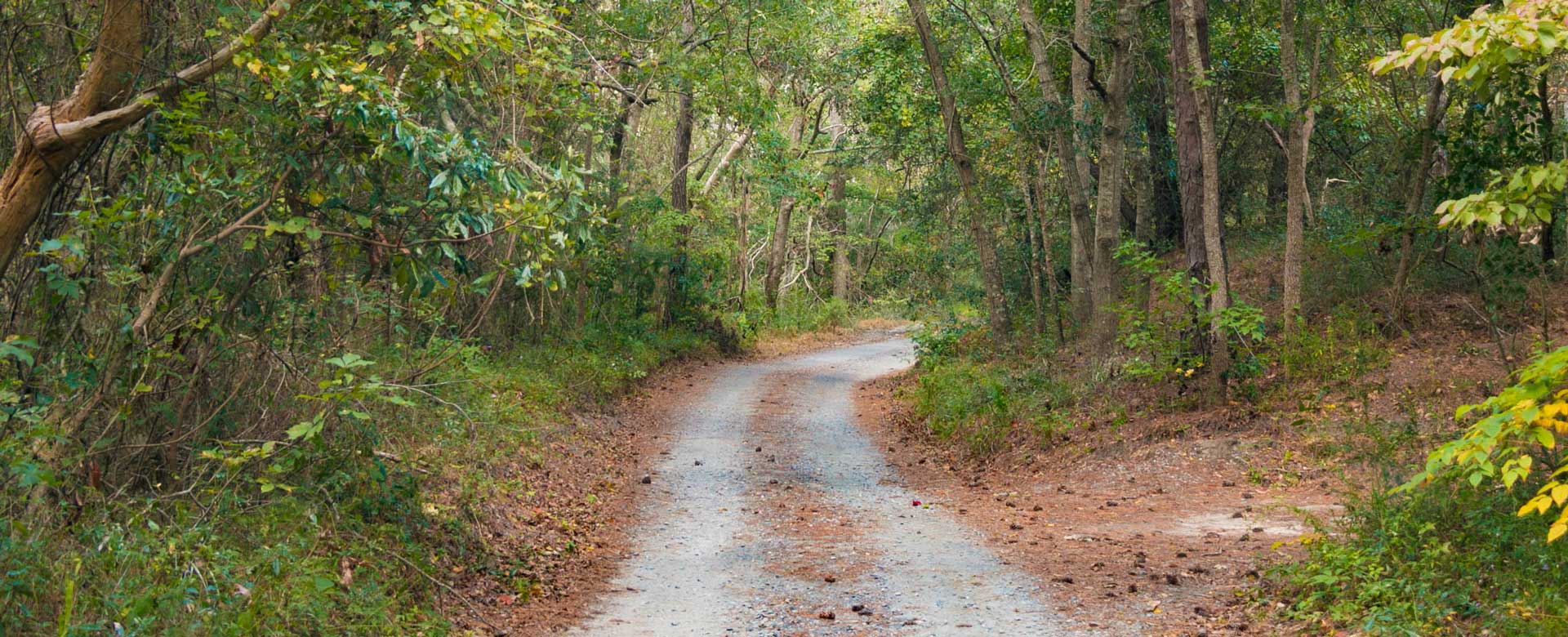Jim Kleckley, PhD, is the Director, Bureau of Business Research at East Carolina University and the President-Elect of the Association for University Business and Economic Research, so when he discusses the economy there is a certain amount of expertise associated with it. Sponsored by the Chamber of Commerce, Dr. Kleckley had been coming to the Outer Banks for the past six or seven years and putting his two cents in about where the economy is heading– and for the most part, he’s been remarkably accurate.
So his latest prediction, coming last Tuesday, comes as a relief.
Growth–sustainable growth–has returned to the Outer Banks. Nothing spectacular, but it would appear that the local economies, powered by the strength of the tourism industry, are poised to expand at around 4-5% this coming year.
The region took its share of hits during the recession, and the three counties that comprise the Outer Banks–Dare, Currituck and Hyde–held their own, although Hyde County, primarily rural except for Ocracoke, did not fare as well as its northern neighbors. Going forward Dr. Kleckley pointed to a number of factors that will continue to support a strong tourist industry.
Unemployment in North Carolina has hovered around 10% for some time and the Dare County figure has remained above 11% throughout the winter. However, the regions and states that are the Outer Banks’ most important markets have some of the lowest unemployment rates in the nation. Maryland, Delaware, West Virginia and Pennsylvania all have unemployment rates below 8%, significantly lower than the national average of 8.2%. Virginia, with the eighth lowest rate in the country at 5.7%, is the primary market for the region, and that figure is skewed by the extraordinarily low unemployment in the Washington, D.C. area.
There are other factors that have played into this. Rising fuel costs are certainly a part of the discussion. Fuel costs disproportionally effect long distance travel over a drive to location. As an example, if every member of a family of four is hit with a $150 fuel surcharge to fly to Cancun, the extra $100 or $125 it costs to drive from Philadelphia makes the Outer Banks a much more attractive destination.
It was not a completely rosy picture that Dr. Kleckley painted, however. The unemployment rate in Dare County especially, remains unacceptably high. And, perhaps even more troubling–some of the best paying professions have lost employment and personnel over the past four years. At this point in time, the leisure and hospitality industry is the largest employer on the Outer Banks and average weekly earnings of employees in that industry, are the lowest of all segments.
The housing market has begun the road to recovery, but it is a long road back, and the national, regional and local statistics Dr. Kleckley presented, made that clear. Finally, the Outer Banks economy is very much impacted by both national and international events. Turmoil in the Mideast or the European debt crisis are far beyond the influence of local policy makers, yet difficulties in those areas could have a dramatic effect on the what happens here.
Nonetheless, even with the cautionary notes, Dr. Kleckley’s message was the most positive we have heard in the past three or four years.











